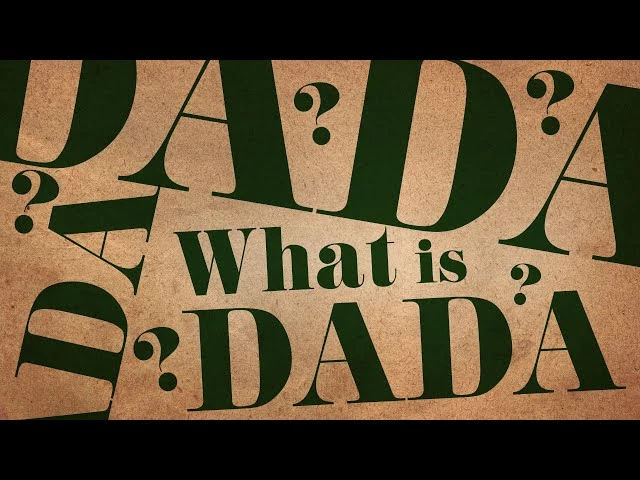Is Dada a Flower? What is Dada?
Is Dada a Flower? No, Dada is not a flower. It refers to a big deal in art that emerged during the First World War. Dada was an art movement that started around 1916, primarily in Zurich, Switzerland, as a pushback to the horrors of World War I. It was known for going against the grain of society and traditional art, using humor and wacky stuff.
Key Takeaways
- Far from being a flower, Dada was all about breaking rules, inspiring stuff like Pop Art with its quirky, out-of-the-box ideas.
- Dada started in 1916, shaking up the art world with its wild, anti-establishment vibe, turning everyday objects into art and poking fun at society.
- Today, Dada's back in the spotlight, thanks to its fit with modern art trends, its echo in today's politics, its buzz on social media, classroom chats, and the art market's keen interest.
Is Dada a Flower?
 Source: The Canvas
Source: The Canvas
Dada is definitely not a flower. It's a major art scene that started in the early 20th century.
Dada's impact continues to be felt in the modern art scene. It challenged old-school views of art, introducing concepts like readymades – everyday objects presented as art – famously exemplified by Marcel Duchamp's "Fountain," a urinal turned artwork.
The movement's focus on randomness, anti-bourgeois sentiment, and its critique of societal norms remain relevant topics in modern artistic discourse. Dada's legacy goes beyond visual arts into literature and performance. Its techniques, like collage and photomontage, were groundbreaking.
What is a Dada?
Dada, an art movement of the early 20th century, is known for its strong pushback against traditional art and societal norms. It emerged as an art rebellion, a fight against the usual cultural and brainy norms that many believed had led to the devastation of World War I.
Dadaism embraced chaos, randomness, and the nonsensical. It was anti-war, anti-bourgeois, and aligned with radical leftist politics. The movement's creators used humor and absurdity to criticize contemporary culture and politics. They experimented with new forms of expression, like readymades, collage, photomontage, and performance art, to challenge what people usually think is art.
Founded in Zurich by Hugo Ball and others, Dada quickly spread to other cities like Paris and New York. Key figures included Marcel Duchamp, Francis Picabia, and Man Ray. The movement had a huge impact, changing the game of modern art and paving the way for what came next.
Why is “Dada” Trending Now?
- Revival in Contemporary Art: Dada's principles of absurdity and anti-conformity resonate with current artistic trends. Modern artists and audiences are revisiting Dada to explore its different ways, especially in an era where questioning norms has become more prevalent.
- Political and Social Parallels: The original context of Dada – a response to the horrors of war and a critique of societal structures – finds echoes in today's wild political and social scene. As a result, Dada's anti-war, anti-bourgeois stance is getting a fresh spotlight.
- Digital Media Influence: The rise of digital media has helped Dada make a comeback. Online platforms have made Dada's artworks and principles more accessible, leading to more people digging it.
- Educational Focus: There's a focus in schools on Dada, with art history courses and lectures highlighting its significance. This focus has sparked renewed interest and debate around the movement.
- Art Market Trends: The art market has seen a surge in the value and interest in Dada artworks. Big-time sales and exhibitions have brought Dada back into the public eye, attracting collectors and new audiences.